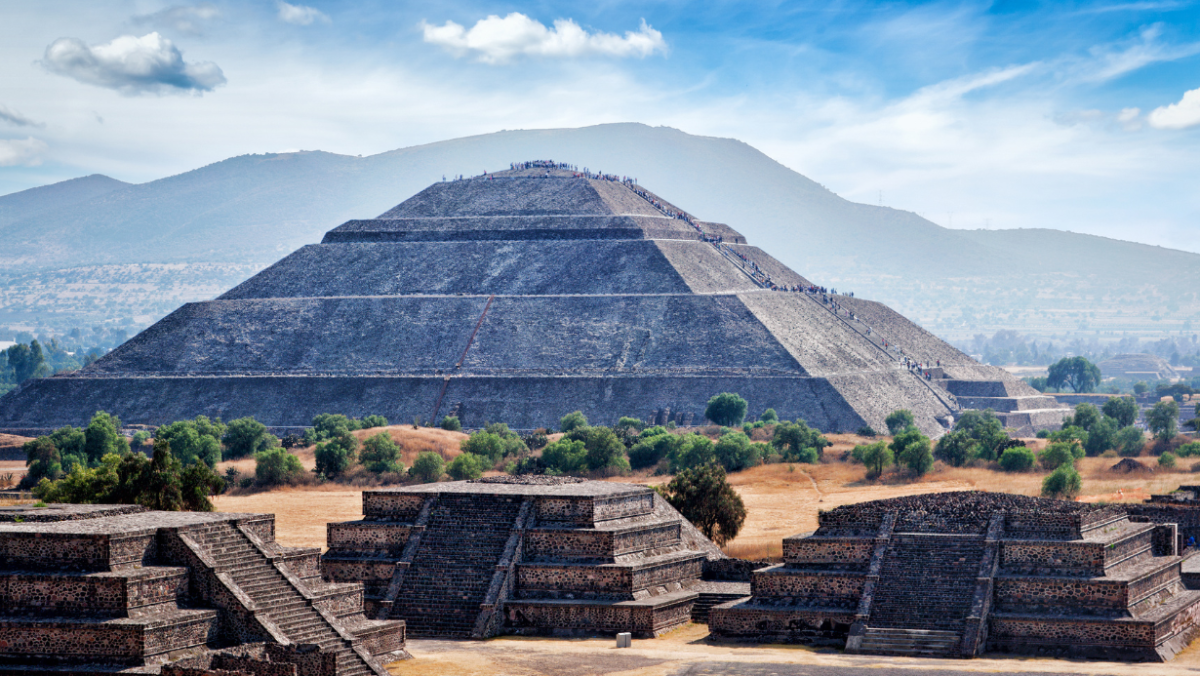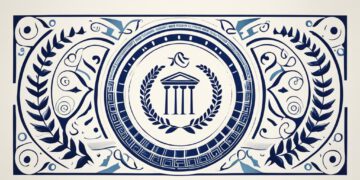Have you ever wondered what stories lie hidden within the intricate designs of Aztec artifacts? These ancient relics hold secrets of a civilization that thrived centuries ago, offering glimpses into their beliefs, daily life, and spiritual practices.
As you begin to explore the world of Aztec art, you will soon realize the depth of knowledge and understanding that can be gained from these fascinating pieces.
Stay tuned to uncover the mysteries waiting to be unraveled through the study of Aztec artifacts.
The origins of Aztec artifacts
When exploring the origins of Aztec artifacts, consider the rich cultural heritage that shaped these ancient treasures. The Aztecs, also known as the Mexica, were skilled artisans who created a wide array of artifacts reflecting their beliefs, traditions, and daily life. These artifacts were crafted with meticulous attention to detail, showcasing the Aztec’s reverence for artistry and symbolism.
One of the most prominent aspects of Aztec artifacts is their connection to religious practices. The Aztecs worshipped a pantheon of gods and goddesses, and their artifacts often served as offerings to these deities. These objects were imbued with spiritual significance, symbolizing the Aztec’s devotion to their gods and the afterlife.
Additionally, Aztec artifacts were influenced by the diverse cultures that coexisted in Mesoamerica. The Aztecs were adept at adapting and incorporating elements from other civilizations, resulting in a fusion of styles and techniques in their art. This cultural exchange contributed to the uniqueness and complexity of Aztec artifacts, making them invaluable sources of insight into the Aztec civilization.
Symbolism in Aztec art
Exploring the intricate symbolism embedded in Aztec art reveals profound insights into their cultural beliefs and values. The Aztecs used art as a medium to express their deep connection to nature, their reverence for gods, and their understanding of the universe.
For example, the use of symbols like the eagle, serpent, and jaguar represented important deities and concepts in Aztec religion. The eagle, known as the symbol of the sun god Huitzilopochtli, signified power and strength. The serpent was associated with Quetzalcoatl, the feathered serpent god of wind and learning. Jaguars symbolized strength, agility, and fertility, often linked to the earth and vegetation.
Moreover, Aztec art frequently featured geometric patterns and intricate designs that held symbolic meanings. These patterns weren’t merely decorative but carried significant cultural symbolism related to concepts such as life, death, rebirth, and the cyclical nature of existence. By delving into the symbolism of Aztec art, one can gain a deeper understanding of the rich cultural tapestry woven by this ancient civilization.
Aztec artifacts: Daily life insights
To gain a deeper understanding of Aztec daily life, you must examine the artifacts left behind by this ancient civilization, offering valuable insights into their customs and practices. Everyday objects like pottery, tools, and clothing provide a glimpse into the daily routines and activities of the Aztec people. For example, intricately designed pottery often depicted scenes of daily life, showcasing activities like farming, cooking, and crafting. Tools such as grinding stones and weaving implements shed light on the labor-intensive tasks essential for survival.
Additionally, Aztec artifacts reveal information about social hierarchies and gender roles within the society. Jewelry and clothing items varied based on status, with elaborate ornaments indicating wealth and power. Furthermore, objects related to child-rearing and domestic life offer insights into the roles of men and women in Aztec households. By studying these artifacts, you can piece together a more comprehensive picture of how the Aztecs lived, worked, and interacted on a day-to-day basis.
Religious significance of Aztec art
Aztec art, imbued with profound religious significance, serves as a window into the spiritual beliefs and practices of this ancient civilization. The Aztecs believed in a complex pantheon of gods and goddesses, each governing different aspects of life. Through intricate sculptures, colorful pottery, and detailed codices, the Aztecs depicted their deities, rituals, and religious ceremonies. Symbols such as the feathered serpent Quetzalcoatl, the rain god Tlaloc, and the earth goddess Coatlicue were prevalent in Aztec art, representing various forces of nature and spiritual concepts.
Artifacts like stone sculptures of gods, sacrificial knives, and ceremonial masks were used in religious ceremonies and rituals, showcasing the Aztecs’ deep connection to the divine. Temples adorned with intricate carvings and vibrant murals served as sacred spaces where priests performed rituals to honor the gods and ensure the well-being of their civilization. The intricate designs and symbolic motifs found in Aztec art not only reflected their religious beliefs but also demonstrated their artistic prowess and cultural sophistication.
Preserving Aztec artifacts today
Preserving the rich legacy of Aztec artifacts today requires meticulous care and strategic conservation efforts to ensure their lasting cultural significance. As a custodian of these invaluable pieces of history, you play a crucial role in safeguarding the past for future generations to appreciate and learn from.
Proper storage conditions are essential in preventing deterioration of Aztec artifacts. Ensure that items are stored in controlled environments with stable temperature and humidity levels to prevent damage from environmental factors. Regular inspections and maintenance routines should be implemented to monitor the condition of the artifacts and address any signs of decay promptly.
Conservation techniques such as cleaning, stabilizing fragile materials, and repairing any damages should be performed by trained professionals to prevent further harm. It’s vital to use reversible methods to maintain the authenticity and integrity of the artifacts while ensuring their long-term preservation.
Conclusion
As you explore Aztec artifacts, you uncover a fascinating world filled with rich history and culture. From the origins of these artifacts to their symbolism and religious significance, each piece offers a glimpse into the daily life of the Aztec people.
By preserving these artifacts today, we ensure that future generations can continue to learn from and appreciate the artistry and traditions of this ancient civilization.










